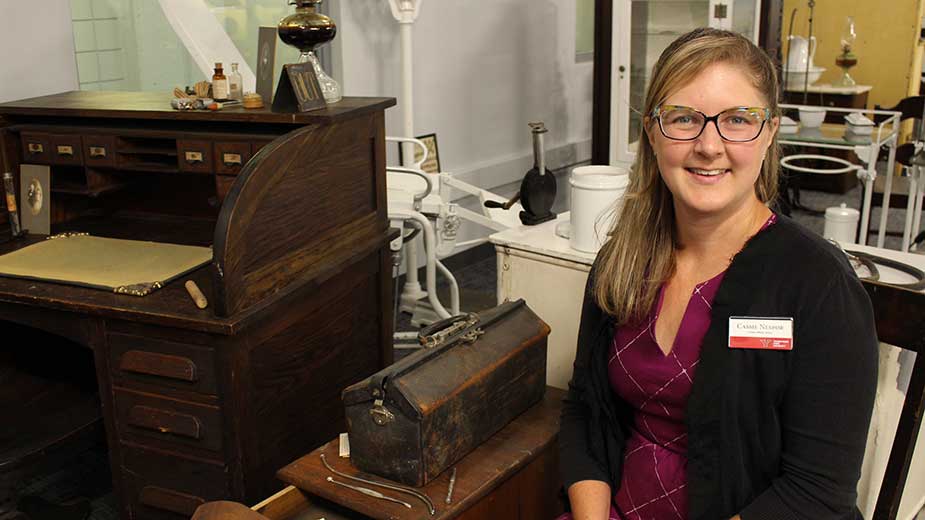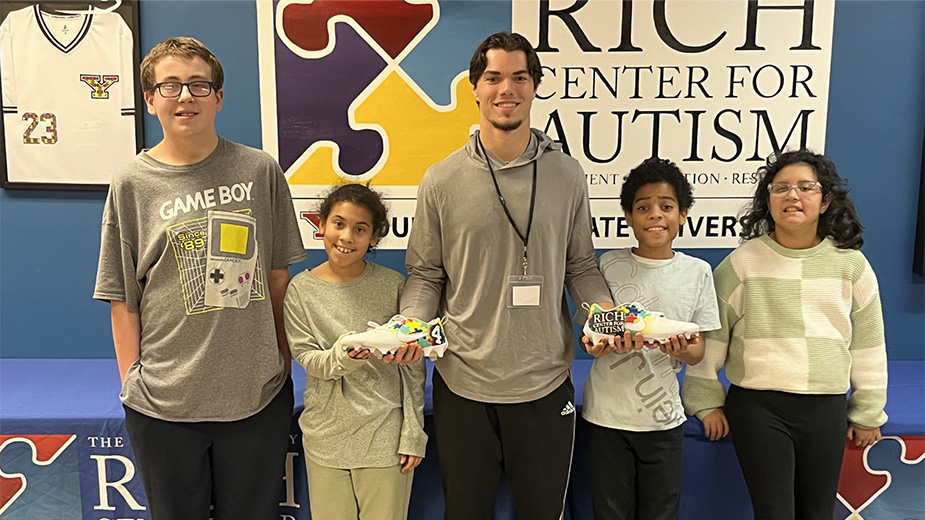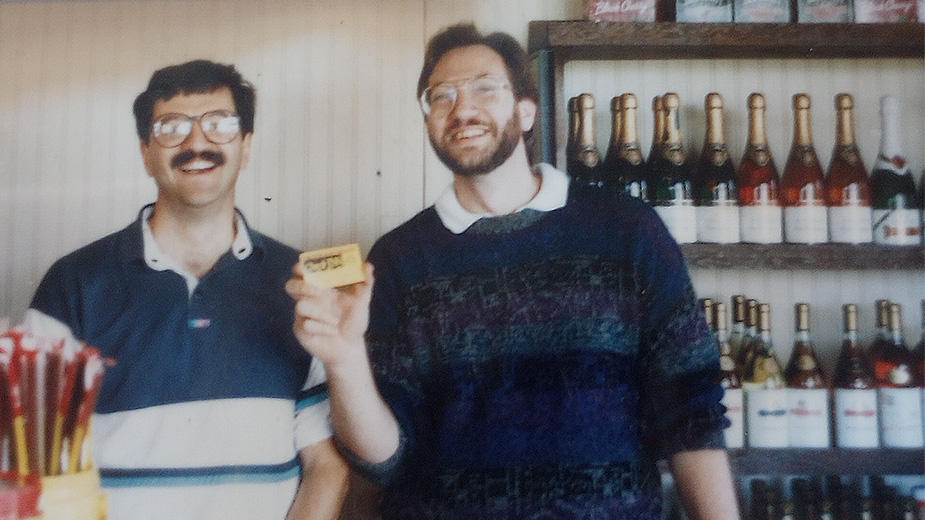Melnick Medical Museum Ready for New, Bigger Space at YSU
By Precious Battee
YOUNGSTOWN, Ohio – The Melnick Medical Museum at Youngstown State University will be ready to show off its new space in Cushwa Hall this fall.
After moving into the building in 2016, the museum has been limited to a few window displays that curator Cassie Nespor managed. Now, with a bigger space at her disposal, the Melnick Museum can show off bigger and newer items, including historic X-ray machines and the museum’s iron lung.
“It’s important to have a space where people can come and talk about how the history of medicine has changed,” Nespor says. “It makes a difference and creates a better understanding of the new onus of medicine. It’s not a science. It’s a practice, an art. It’s different from every patient, from every region of the world. So to have this space to talk about those different subjects, and connect with things broader than just the pre-med students here.”
The museum was established in 2000 by Dr. John Melnick in honor of his mother, Rose, and has accumulated hundreds of items that show how the medical field has changed over the decades.
In upcoming episodes of our “Flashback Minis” series, we’ll highlight some of the items in the Melnick Museum’s collection.
Today, workers in the medical field mainly wear scrubs, but in the 1950’s the women were required to wear dresses. At the museum is a dress worn by Anna Marie Sultus in 1957 while she attended St. Elizabeth Hospital School of Nursing. Beyond a strict dress code, nurses at the time followed strict conduct with dress code, curfews, and dating. “Crisps white caps and graduation pins were a source of pride for many trained nurses,” says Nespor.
Also on display is a yellow iron lung used in the 1950s. Used to help people breathe, they were often associated with polio outbreak in the ‘40s and ‘50s. After a patient was placed inside with their head sticking out, doctors would change the pressure inside to create a vacuum, which forced the patients to inhale. The pressure would then change to give the person the opportunity to exhale.
In 1961, Youngstown was one of the first cities in the U.S. to conduct a mass polio immunization program, using a vaccine created by Albert Sabin. While the vaccine created by Jonas Salk is more famous, it took multiple shots to immunize children. The Sabin vaccine, on the other hand, was taken by mouth with a dropper and protected against all forms of the polio virus. In the winter of 1961 18 vaccination stations were set up all over Mahoning County, mainly in schools. In the first two days of the drive, more than 130,000 were immunized.
The museum also highlights local doctors, including Henry Manning and John Heberding.
Manning was the second doctor to settle in Youngstown, moving to the city from Connecticut in 1911. He kept a ledger for his physician work, where he recorded the patient’s name, what took place, and the charges down the right side of the page. Manning owned a farm in the area, and was known to be one of the biggest landowners in the county. He earned most of his money from his farm, tenants, and patients. When his patients didn’t have the money to pay him, they would pay with produce or services around his farm.
Heberding was the first radiologist in Youngstown. He was born in Struthers and did his internship at Southside Hospital 1905. After spending time in Philadelphia, he bought his own X-ray machine and opened his first office in 1908, offering X-rays and house calls for 50 cents.
From 1914 to 1956 he had a laboratory and office at 151 West Rayen Ave, along with being chief of the X-ray lab at the Youngstown hospital. It’s unclear what type of machine Heberding had in his office, but Nespor notes that it was handmade as there are maker marks on it and is made out of common material such as wood and acrylic.
Pictured: Cassie Nespor, curator of the Melnick Medical Museum at Youngstown State University.
Copyright 2024 The Business Journal, Youngstown, Ohio.



